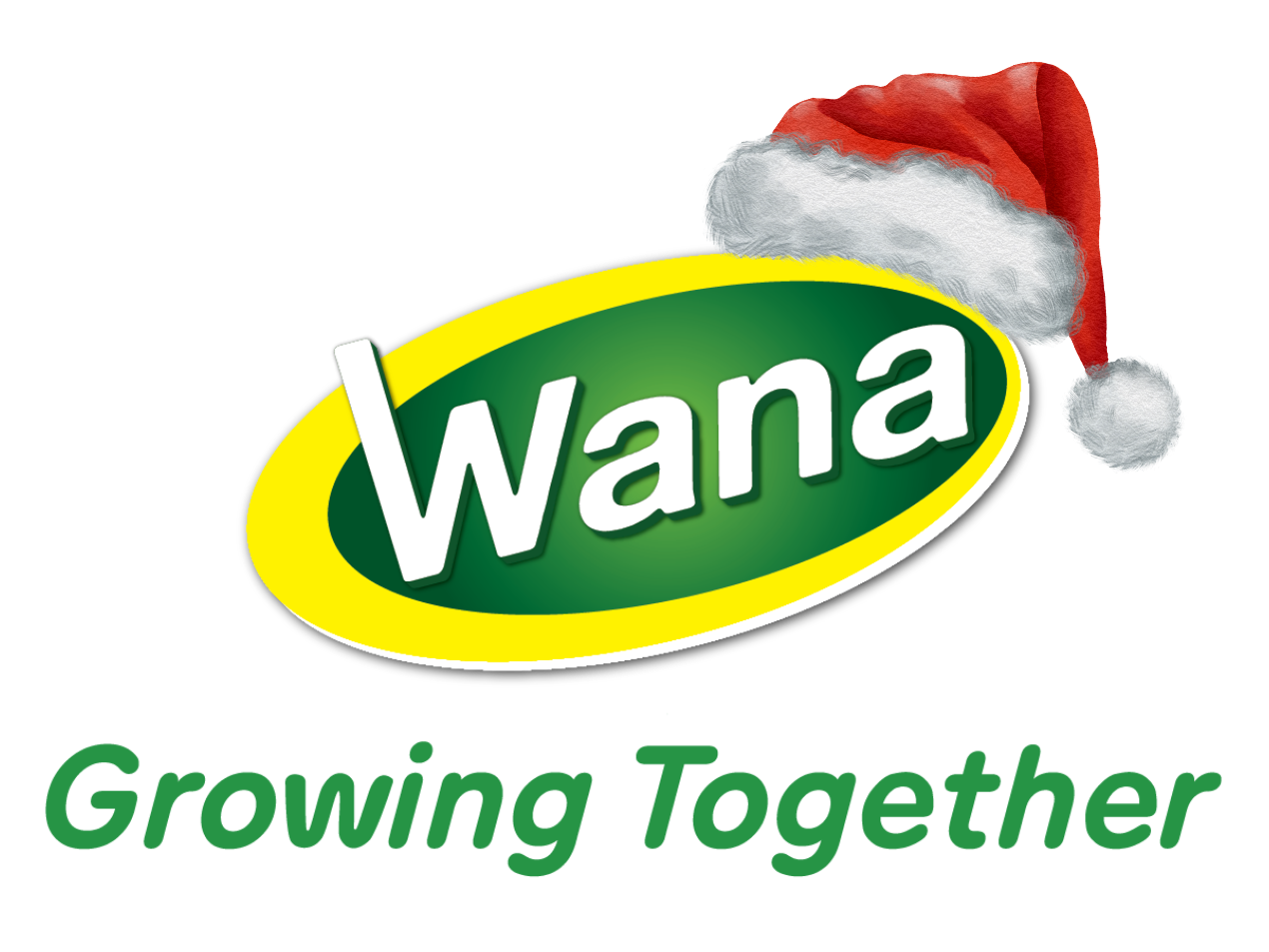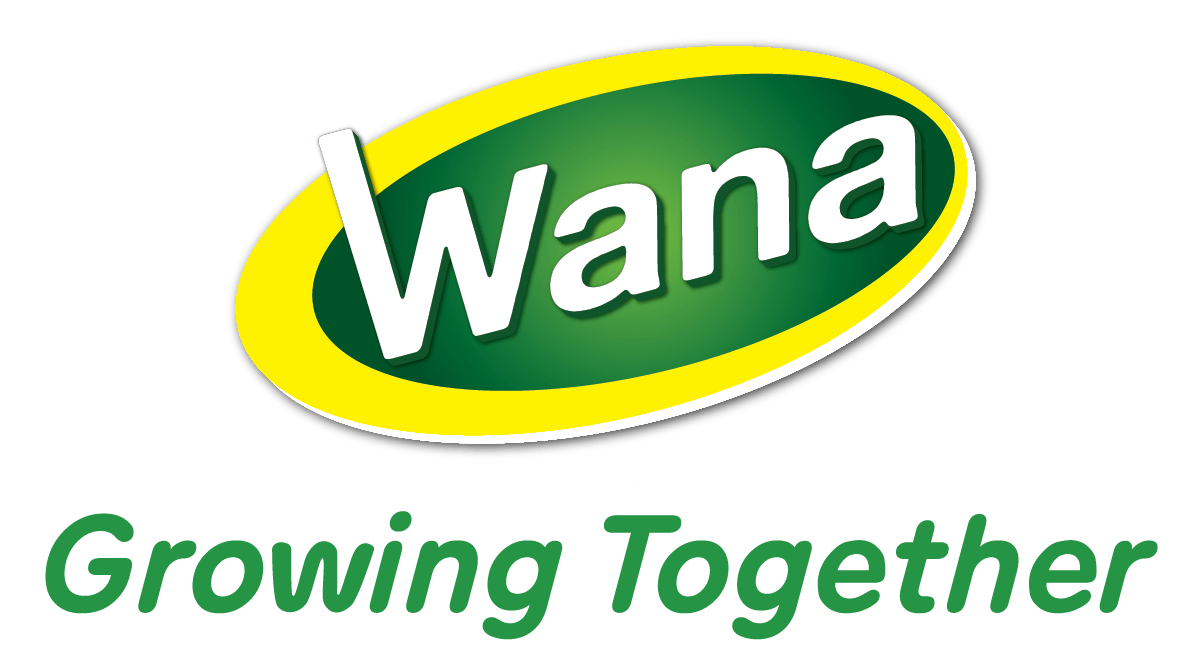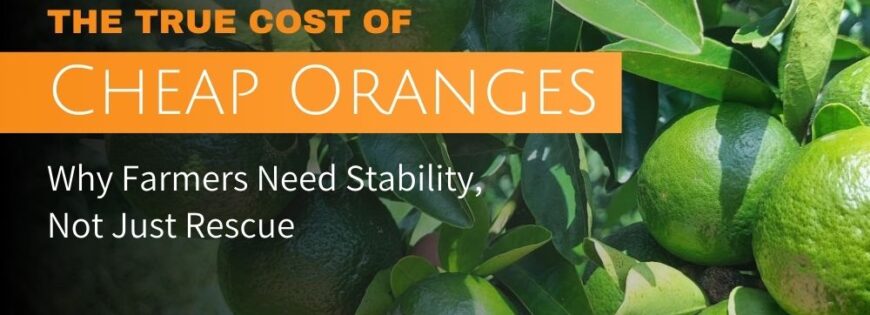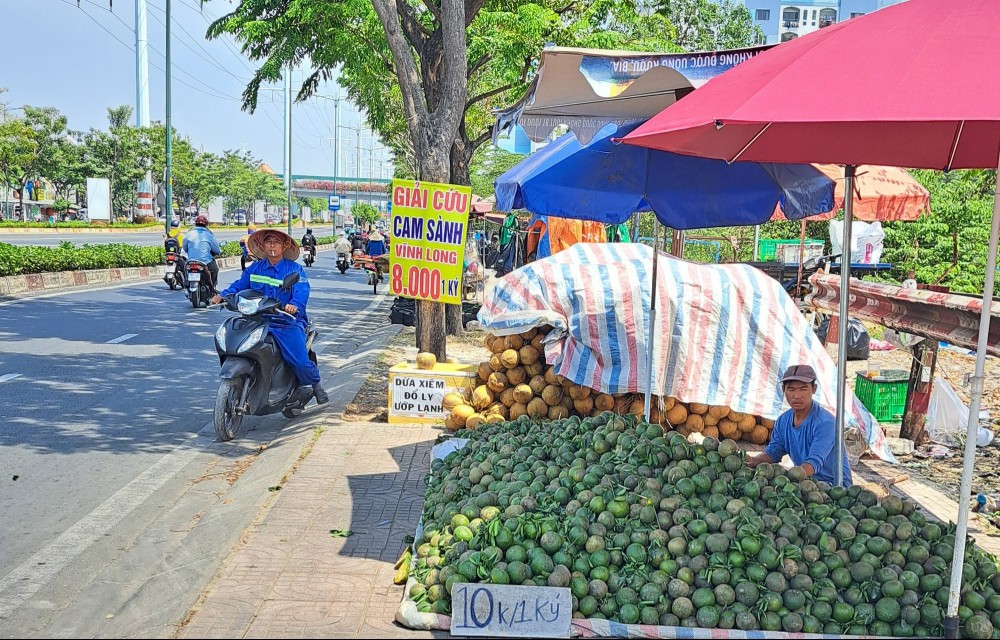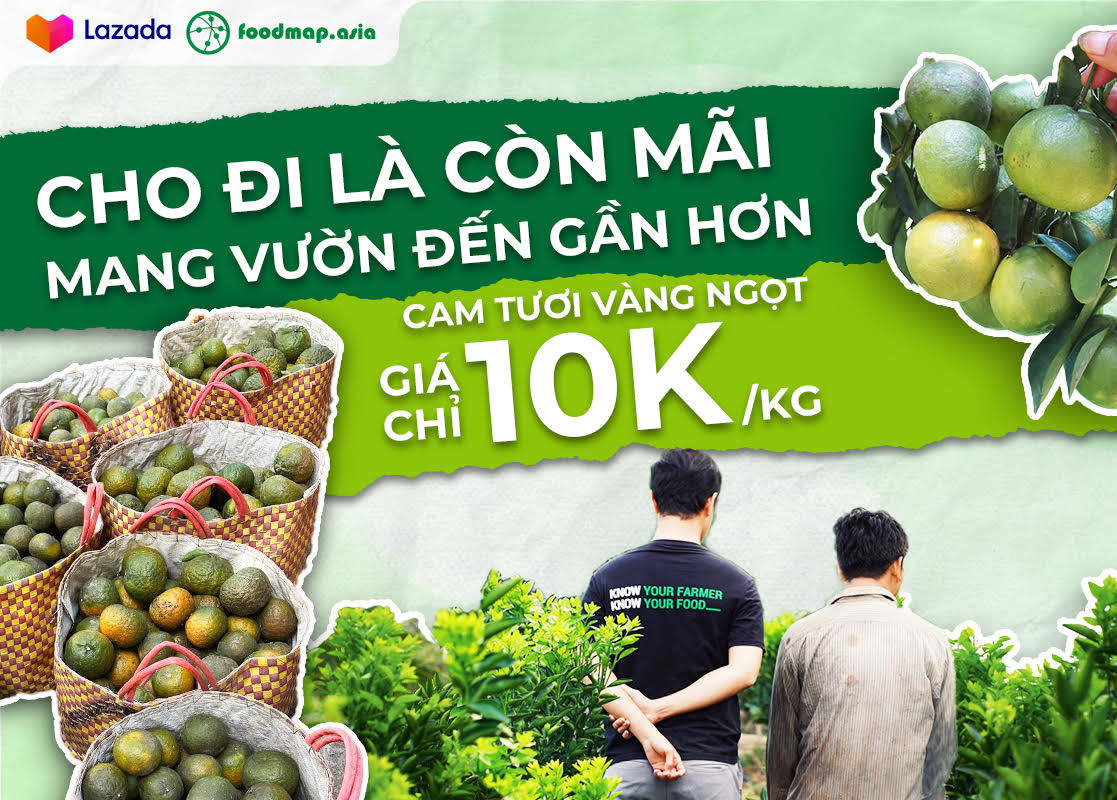On a bustling street corner in Ho Chi Minh City, a man stands beside towering stacks of bright green cam sành oranges. His sign reads: “Rescue Cam Sành – 8,000 VND per kg.” The price is astonishingly low, but the real shock lies in the story behind these cheap oranges. Some of their luckier counterparts have made their way into orange juice Vietnam exports, bottled and shipped abroad. But the unlucky ones? They sit here, piled high in makeshift roadside stalls weighing down these independent farmers.
Scenes like this are not uncommon in Vietnam. Every year, around harvest season, makeshift orange stalls pop up along busy streets, outside markets, and even at office buildings. Farmers, unable to sell their fruit at sustainable prices, are forced to take to the streets, relying on the goodwill of city dwellers to buy their excess harvest. It has become an annual cycle.
How a Hashtag Became a Lifeline
The Farmers’ Desperate Plea
In the heart of Vĩnh Long and Trà Vinh provinces, where cam sành (a really juicy Vietnamese orange species) stretch across vast orchards, farmers are facing an economic nightmare. Once a lucrative crop, cam sành has become a financial burden. The cost of production—fertilizers, irrigation, labor—has not decreased, yet market prices have collapsed. To break even, farmers need at least 8,000–10,000 VND per kilogram, but with the flood of supply and dwindling demand, they are left with fruit they cannot sell. Some, drowning in debt, have resorted to cutting down their orange trees in despair.
Social Media Sparks a Rescue Movement
In a time of crisis, the Vietnamese people have once again proven their resilience and compassion. Social media-driven “rescue cam sành” movements had taken off across the country, which were led by young entrepreneurs, volunteers, and ordinary citizens. Facebook groups, TikTok videos, and Zalo messages have turned a simple act—buying oranges—into a national campaign. In Ho Chi Minh City, Hanoi, and other urban centers, pop-up stalls selling cam sành at higher-than-market prices have appeared overnight. Supermarkets, coffee shops, and corporate offices have joined in, purchasing tons of oranges directly from farmers to support them.
“I Bought 100kg of Oranges, But It’s Not Just About Oranges”
Nguyen Minh Anh, a software engineer in Hanoi, proudly shares a photo of his living room, where 100 kilograms of cam sành are piled up. “I don’t even know what I’m going to do with all of them,” he laughs. “But it’s not just about oranges. It’s about supporting our farmers.”
Stories like Minh Anh’s are spreading everywhere. Schools are incorporating cam sành into student lunches. Juice vendors are blending oranges non-stop. Even street vendors who typically sell other fruits have switched to cam sành. This movement is no longer about just saving oranges—it’s about saving livelihoods.
A Crisis That Keeps Coming Back
This is not Vietnam’s first agricultural rescue campaign and similar efforts have been made for dragon fruit, watermelon, and lychee in the past. The recurring cycles of overproduction and price crashes raise a critical question: Why do Vietnamese farmers keep facing this crisis? Experts point to a lack of sustainable agricultural planning, over-reliance on a few export markets, and inadequate storage and processing facilities.
“We need long-term solutions,” says Dr. Le Thanh Nam, an economist specializing in agricultural supply chains. “Farmers should not have to rely on community-driven rescue efforts every year. We need stronger policies to regulate production, diversify markets, and invest in modern preservation technology.”
Looking Ahead: 2025 and Beyond
As 2025 approaches, the situation remains precarious. In provinces like Tuyên Quang, efforts are underway to develop specialty fruits and expand fruit farming areas to 19,000 hectares by 2025, with a focus on high-value products. However, without addressing the root causes of market volatility, farmers may continue to face similar challenges.
The Ministry of Agriculture and Rural Development has proposed measures to stabilize the market, including better forecasting of supply and demand, investment in processing technologies, and expansion into new markets with orange juice vietnam exporters. Yet, the effectiveness of these measures will depend on coordinated efforts between government agencies, farmers, and the private sector.
Aiming for a Sustainable Future for Vietnamese Oranges
As a beverage manufacturer committed to ethical sourcing and sustainability, Wana Beverage recognizes our role in this ecosystem. By expanding our markets and creating demand for high-quality, locally sourced oranges, we aim to provide farmers with a reliable and sustainable outlet for their harvests. Our work with orange juice Vietnam suppliers ensures that more farmers can integrate into global supply chains, reducing the risk of price crashes and market instability.
Integrating these values into our supply chain means not only supporting Vietnamese agriculture but also ensuring that consumers worldwide get to experience the best of Vietnam’s produce. A future where no farmer is left struggling and no harvest goes to waste is possible—and it starts with building sustainable partnerships that go beyond temporary relief.
